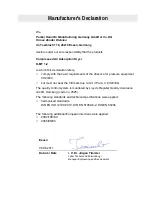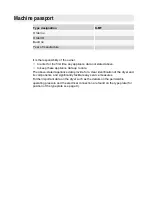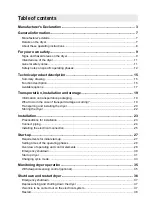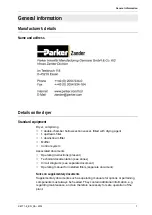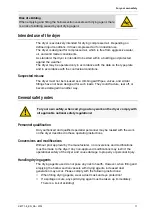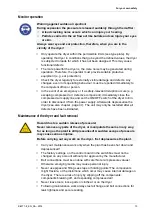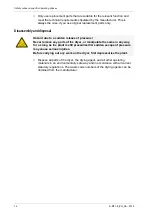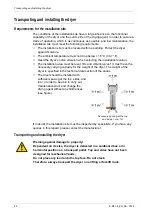
Function description
16
K-MT1-8_EN_08—2014
To this end, the two chambers alternate between different operating modes.
Whilst in one vessel, compressed air is de-humidified (adsorption), in the other
vessel the humid drying agent is prepared for another charge (regeneration).
These two states, which run in parallel during compressed air preparation, are
described below.
Adsorption
Via a compressor, humid compressed air is
supplied to the upstream filter. From here, the
compressed air flows upwards through the
absorption chamber, which is pressurised. In so
doing, the drying agent dehumidifies the air. The
dry compressed air is supplied to the pipe
network via the downstream filter.
Here, adsorption is shown in the
left chamber.
Regeneration (running in parallel to the adsorption)
At the same time the other chamber is prepared for a renewed take-up of
humidity. This process is called regeneration.
The regeneration is subdivided into three phases: expansion, dehumidification,
and pressure build-up. With the
dewpoint-sensing control
option, the
regeneration phase is followed by a standby phase.
Expansion phase
During the expansion phase the pressure in the
right chamber is released via the muffler down to
ambient pressure within just a few seconds.
The
outflow of the compressed air becomes
noticeable due to
a sudden powerful flow noise at
the muffler.
Dehumidification phase
Prior to being released into the pipe network,
dried compressed air is bled by means of an
orifice plate. This separate regeneration air flow
is fed through the depressurised chamber. The
humidity stored in the drying agent is taken up by
the air flow and expelled into atmosphere via the
muffler.
Here, regeneration is shown in the
right chamber.


